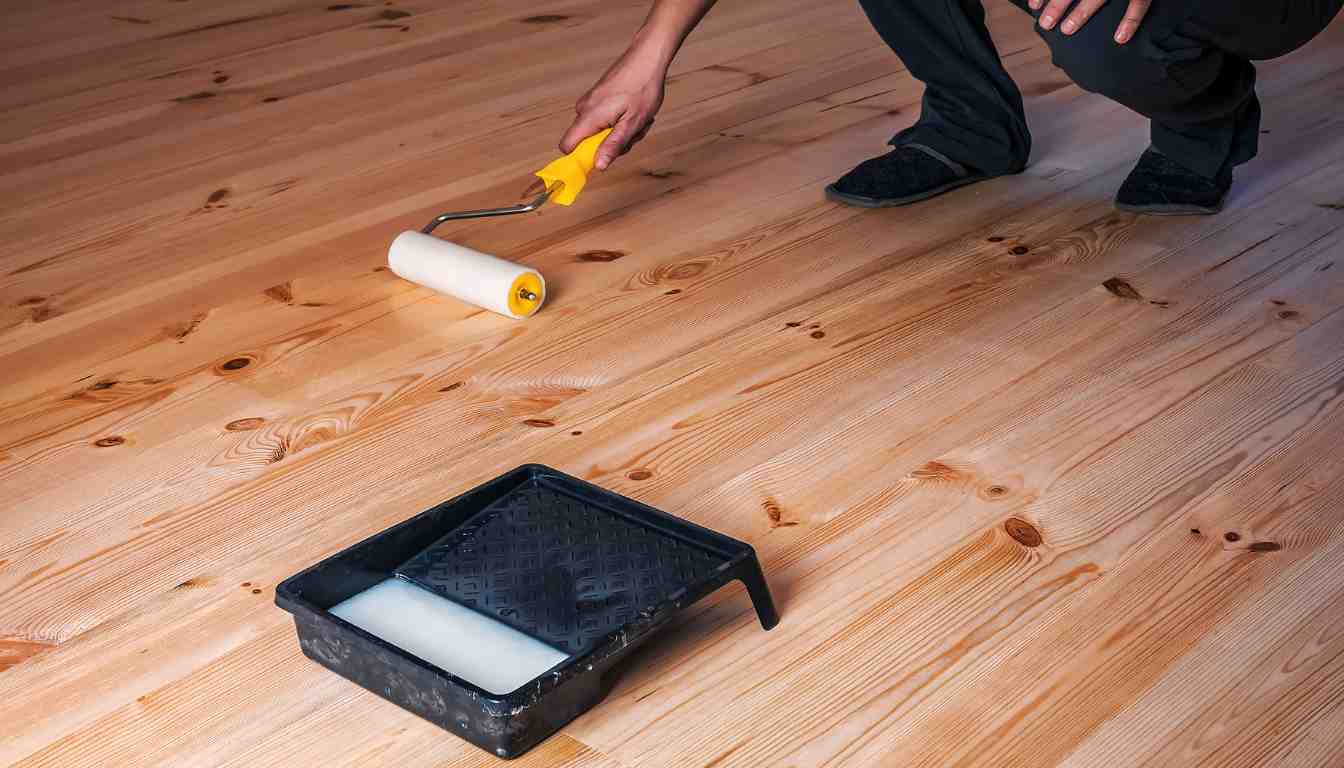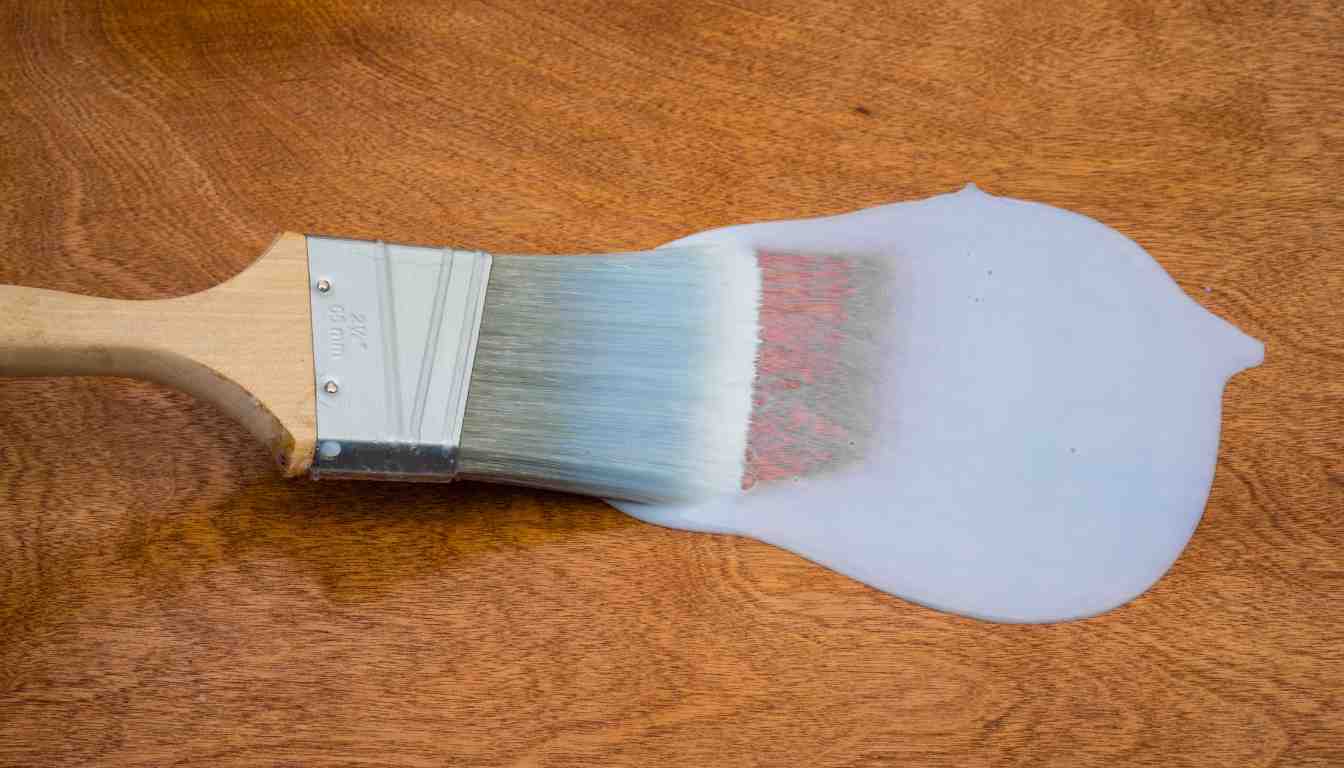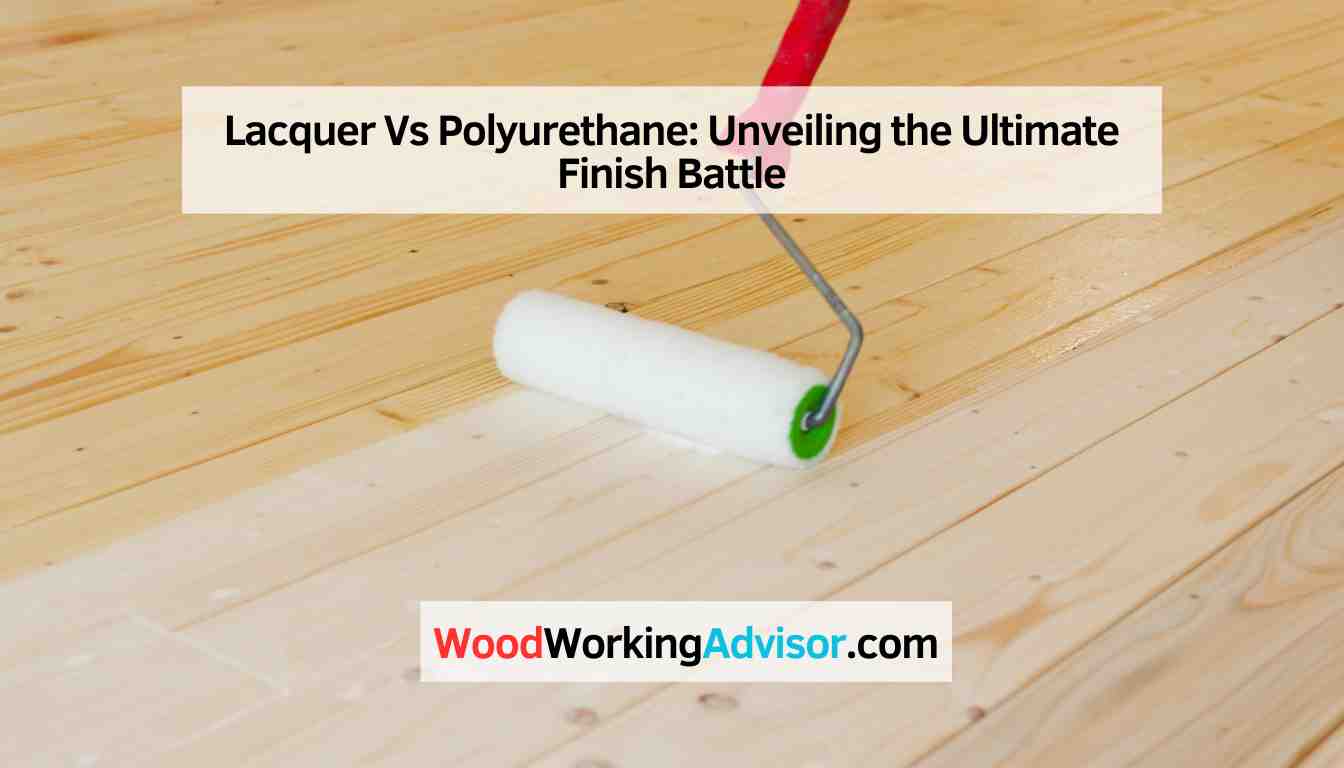Lacquer and polyurethane are two popular types of finishes used for wood surfaces. Lacquer is a fast-drying, high-gloss finish that provides excellent protection but may require regular maintenance.
On the other hand, polyurethane is a durable, long-lasting finish that offers exceptional resistance to moisture, chemicals, and wear.
What Is Lacquer?
Lacquer is a popular finish used on wood surfaces that provides a glossy and durable protective coating. It is a clear or colored material that dries to a hard and smooth finish.
Composition And Characteristics
Lacquer is typically made from a combination of nitrocellulose or synthetic resins, solvents like alcohol or lacquer thinner, and various additives. This composition gives lacquer its unique characteristics:
- Fast-drying: Lacquer dries quickly due to the solvent evaporation, allowing for swift application and multiple coats in a short amount of time.
- High gloss: Lacquer produces a shiny and reflective surface, enhancing the natural beauty of the wood grain.
- Enhanced color: Lacquer can be tinted with pigments to achieve a desired color or tinted clear for a transparent finish.
- Excellent durability: Lacquer provides a hard and durable finish that resists scratches, moisture, and heat.

Application And Drying Time
Lacquer can be applied by spraying, brushing, or wiping onto the wood surface. Its fast-drying nature allows for quick recoating and reduces the risk of dust or debris settling onto the finish.
The drying time of lacquer varies depending on factors such as temperature, humidity, and the number of coats applied. Generally, lacquer dries to the touch within a few minutes and can be ready for another coat within 30 minutes to an hour.
Pros And Cons
Lacquer offers several advantages and disadvantages to consider:
| Pros | Cons |
|---|---|
|
|
Understanding the composition, characteristics, application methods, and pros and cons of lacquer can help you make an informed decision when choosing a finish for your woodworking project.
What Is Polyurethane?
Polyurethane is a type of protective coating that offers durability and versatility, making it a popular choice for a range of applications. When comparing lacquer and polyurethane, the latter provides better resistance to scratches, chemicals, and water, making it ideal for high-traffic areas or surfaces that require extra protection.
Polyurethane is a type of finish that is commonly used to protect and enhance the appearance of wood surfaces. This versatile material is known for its durability and resistance to wear and tear. In addition to providing a protective barrier, polyurethane also enhances the natural beauty of the wood, giving it a smooth and glossy finish. Let’s delve deeper into the composition and characteristics, application and drying time, as well as the pros and cons of polyurethane.
Composition And Characteristics
Polyurethane is a synthetic material that is created through a chemical reaction between polyols and isocyanates. The result is a durable and resilient finish that is resistant to water, heat, chemicals, and abrasions. One of the key characteristics of polyurethane is its ability to form a hard, protective film that seals the wood surface. This film acts as a barrier against moisture and other damaging elements, helping to prevent warping, cracking, and the growth of mold or mildew.
Application And Drying Time
Applying polyurethane is relatively straightforward, and it can be done using a brush, roller, or sprayer. It is essential to ensure that the surface is clean, dry, and free from any dust or debris before application. Multiple thin coats are usually recommended for the best results, allowing each coat to dry completely before applying the next. The drying time for each coat can vary depending on the environmental conditions and the type of polyurethane used. On average, it takes around 24 to 48 hours for polyurethane to dry completely. It is important to note that good ventilation is crucial during the drying process to ensure proper curing and to prevent any unwanted odors or fumes.
Pros And Cons
| Pros | Cons |
|---|---|
|
|
Overall, polyurethane is a popular choice for protecting and enhancing wood surfaces due to its durability, resistance, and ability to provide a beautiful finish. However, it is important to consider the specific needs and preferences of each project before deciding on the type of finish to use.
Comparison
When choosing a finish for your woodwork projects, two popular options that often come up are lacquer and polyurethane. These finishes have distinct characteristics that can greatly impact the final appearance and durability of your project. Let’s take a closer look at how lacquer and polyurethane compare in terms of durability, appearance and finish, as well as compatibility and versatility.
Durability
When it comes to durability, both lacquer and polyurethane have their merits. Lacquer is known for its excellent resistance to water, alcohol, and heat, making it a great choice for furniture and other items that might be subjected to spills or high temperatures. However, lacquer can be prone to chipping and scratching over time.
On the other hand, polyurethane is renowned for its exceptional durability. It forms a tough protective layer on the wood surface, which makes it highly resistant to scratches, dents, and other types of wear and tear. This makes polyurethane a popular choice for high-traffic areas such as floors and tabletops.
Appearance And Finish
When it comes to the appearance and finish of your project, both lacquer and polyurethane offer different characteristics. Lacquer typically delivers a high-gloss, smooth finish that enhances the natural beauty of the wood. It creates a radiant sheen that reflects light, giving your project a luxurious and polished look.
Polyurethane, on the other hand, provides a versatile range of finishes. It can be applied in a variety of sheens, including glossy, semi-gloss, and satin. This allows you to choose the level of shine that best suits your project and personal preference. Additionally, polyurethane tends to retain its color better over time, resisting yellowing and aging.
Compatibility And Versatility
In terms of compatibility and versatility, both lacquer and polyurethane have their unique qualities. Lacquer is compatible with a wide range of wood surfaces and can be easily applied with a sprayer or brush. It dries quickly, allowing for multiple coats in a short period of time. However, lacquer is not always compatible with other finishes, so caution must be taken when layering it over different types of coatings.
Polyurethane, on the other hand, is compatible with various wood types and can be applied over most stain colors. It can be brushed, sprayed, or wiped on, providing flexibility in application methods. Polyurethane also has good adhesion to other finishes, allowing for layering and combining different types of coatings to achieve unique effects.
In summary, lacquer and polyurethane offer different benefits depending on your specific needs. Lacquer provides excellent water and heat resistance but may be more prone to chipping. Polyurethane, on the other hand, offers exceptional durability and a range of finishes, allowing for customization. Consider the demands of your project and the desired aesthetics to make an informed decision on whether lacquer or polyurethane is the right choice for you.

Choosing The Right Finish
When it comes to choosing the perfect finish for your wood project, there are two main options that often come to mind: lacquer and polyurethane. Both finishes have their own unique characteristics, each with its own set of advantages and disadvantages.
Considerations For Different Projects
Before making a decision, it’s important to consider the specific requirements of your project. Different projects have different needs, and understanding these considerations can help you make the right choice.
- Wood type: The type of wood you are working with can influence your choice of finish. While lacquer is suitable for most types of wood, polyurethane tends to work better on hardwood.
- Level of protection: If you are looking for a finish that offers excellent protection against moisture, scratches, and general wear and tear, polyurethane is the way to go. Lacquer, on the other hand, provides a more delicate and glossy finish.
- Drying time: If you’re working on a project with a tight deadline, you’ll want to consider the drying time of each finish. Lacquer dries relatively quickly, usually within a few hours. Polyurethane, however, takes longer to dry, often requiring a day or more.
- Recoating: If you anticipate needing to recoat your wood in the future, it’s important to note that lacquer allows for easier application of additional coats. Polyurethane, on the other hand, can be more challenging to recoat.
- Application: When it comes to the ease of application, both lacquer and polyurethane have their advantages. Lacquer can be sprayed onto the wood for a smooth finish, while polyurethane can be brushed on for a more controlled application. Consider your level of expertise and comfort with each method.
Expert Recommendations
To ensure you choose the right finish for your project, it’s always best to seek expert recommendations. Here are some suggestions from professionals in the woodworking industry:
| Lacquer | Polyurethane |
|---|---|
| Suitable for a wide variety of wood types | Best for hardwood |
| Provides a glossy and elegant finish | Offers excellent protection against moisture and wear |
| Dries quickly, allowing for faster completion of projects | Takes longer to dry, requiring more patience |
| Allows for easy application of additional coats | Might be more challenging to recoat |
Remember, the final decision should ultimately come down to your specific needs and preferences. By carefully considering the requirements of your project and seeking expert advice, you can confidently choose the right finish that will not only protect your wood but also enhance its beauty and durability.
Conclusion
To sum up, both lacquer and polyurethane have their own unique qualities and applications when it comes to finishing wood. While lacquer offers a faster drying time and a high-gloss finish, polyurethane provides a durable and long-lasting protective layer. Ultimately, the choice between the two depends on your specific needs and preferences.
Remember to consider factors such as ease of application, desired aesthetics, and level of durability when deciding which finish to use for your project.


